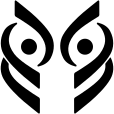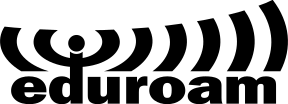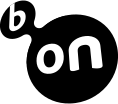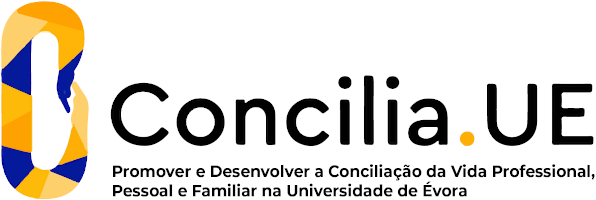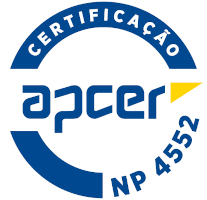2025
Descriptive Geometry II
Name: Descriptive Geometry II
Code: ARQ02510I
3 ECTS
Duration: 15 weeks/78 hours
Scientific Area:
Architecture
Teaching languages: Portuguese
Languages of tutoring support: Portuguese, English
Regime de Frequência: Presencial
Sustainable Development Goals
Learning Goals
The Descriptive Geometry subjects taught on the Integrated master?s degree in architecture at the University of Évora have seen their role strengthened as an operative tool for conceptual transmission. This subject is essential for understanding three-dimensional space and its two-dimensional representation.
To adapt to the students' initial level of knowledge, the aim is for them to develop spatial perception skills, visualization of the environment and perception of it, organization and systematization of ideas about space and its components. In this way, the courses aim to provide students with knowledge about ways of representing existing space and the conceptual transmission of their ideas.
Theoretical and practical knowledge will be taught about various systems of representation, starting with initial projections and moving on to methods such as the double orthogonal projection. Triple orthogonal projection and perspective representation complete the range of formation.
To adapt to the students' initial level of knowledge, the aim is for them to develop spatial perception skills, visualization of the environment and perception of it, organization and systematization of ideas about space and its components. In this way, the courses aim to provide students with knowledge about ways of representing existing space and the conceptual transmission of their ideas.
Theoretical and practical knowledge will be taught about various systems of representation, starting with initial projections and moving on to methods such as the double orthogonal projection. Triple orthogonal projection and perspective representation complete the range of formation.
Contents
1. Rigorous methods of triorthogonal representation
Axonometries: isometry, dimetry, trimetry, cavalier and military.
Representation of circles in axonometry.
2. Linear Conic Perspective
Fundamentals of the system
System of planes, observation point and visual angle
Representation of the different planes
Representation of elementary geometric figures
Representation of solids and truncated solids
Drawing methods
3. Study and representation of surfaces
The study of surfaces - a brief overview
Sphere, Ellipsoid, Torus-Schia, Hyperbolic Paraboloid, Hyperboloid of revolution, Helicoid Conoid, Representation in the Monge and Axonometric systems of the solids.
Axonometries: isometry, dimetry, trimetry, cavalier and military.
Representation of circles in axonometry.
2. Linear Conic Perspective
Fundamentals of the system
System of planes, observation point and visual angle
Representation of the different planes
Representation of elementary geometric figures
Representation of solids and truncated solids
Drawing methods
3. Study and representation of surfaces
The study of surfaces - a brief overview
Sphere, Ellipsoid, Torus-Schia, Hyperbolic Paraboloid, Hyperboloid of revolution, Helicoid Conoid, Representation in the Monge and Axonometric systems of the solids.
Teaching Methods
Classes will be of a theoretical/practical nature.
They will consist of a theoretical introduction to the subjects to be taught, with the respective practical application, embodied in exercises of an appropriate nature.
They will consist of a theoretical introduction to the subjects to be taught, with the respective practical application, embodied in exercises of an appropriate nature.
Assessment
Classes will be theoretical-practical. The student must choose one of the following types of assessment: continuous and final.
? Continuous assessment in the regime of continuous assessment, the student will perform one test of frequency, the chapters relating to subjects taught, and a practical work, consisting of various exercises. The average obtained in the final evaluation, corresponding to the simple arithmetic average of the two frequencies of the notes with a weight of 50% plus 40% of the evaluation obtained assignments and 10% of presences. The balance of the note of the work cannot introduce variations above or below a value, the average of the two frequencies. If the student misses a partial or her evaluations were rated less than 8 values, the system will automatically final evaluation.
? Final evaluation the student performs a test at the end of the year, covering the whole matter.
? Continuous assessment in the regime of continuous assessment, the student will perform one test of frequency, the chapters relating to subjects taught, and a practical work, consisting of various exercises. The average obtained in the final evaluation, corresponding to the simple arithmetic average of the two frequencies of the notes with a weight of 50% plus 40% of the evaluation obtained assignments and 10% of presences. The balance of the note of the work cannot introduce variations above or below a value, the average of the two frequencies. If the student misses a partial or her evaluations were rated less than 8 values, the system will automatically final evaluation.
? Final evaluation the student performs a test at the end of the year, covering the whole matter.
Teaching Staff
- Maria do Céu Simões Tereno [responsible]








